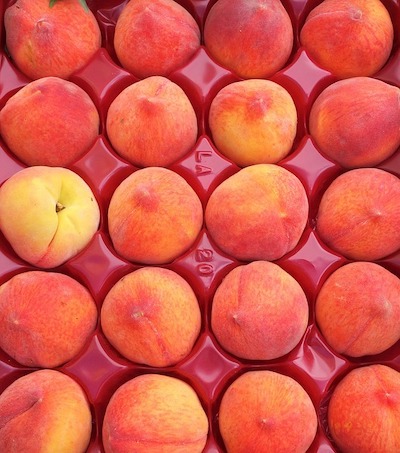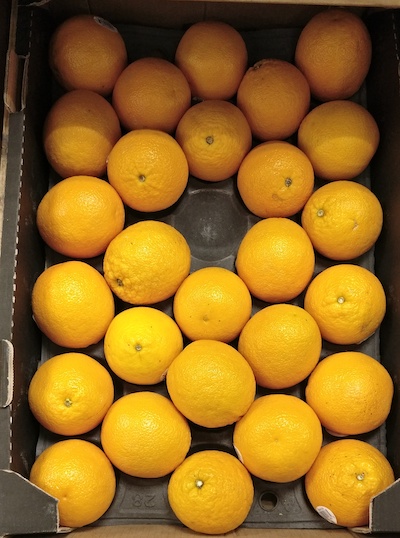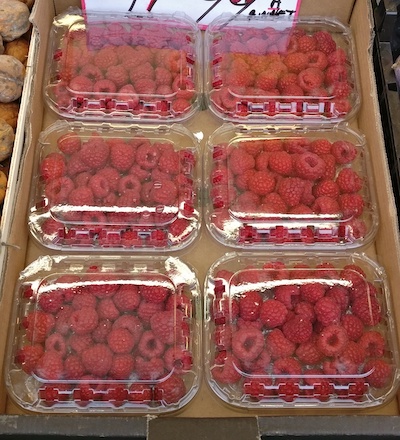Or search by topic
Number and algebra
Geometry and measure
Probability and statistics
Working mathematically
Advanced mathematics
For younger learners
How Many?



- Problem
- Getting Started
- Student Solutions
- Teachers' Resources
How Many?
Have a look at this photo of some peaches:

How many?
How did you count them?
Now take a look at this picture of oranges:

How many?
How did you count them?
And one last photo:

How many this time?
How did you count?
This task was inspired by Christopher Danielson's tweets. You can follow Christopher on Twitter here.
Why do this problem?
This low threshold high ceiling task is accessible to everyone. It gives children the chance to share the way they picture (visualise) numbers and their methods of counting. One of the key features of this task is that it can be interpreted differently, depending on the image, so that children can decide for themselves whether they are counting individual
fruit, cartons of fruit... Therefore there may also be an opportunity for children to develop their estimation skills as well as appreciating different ways of counting.
Possible approach
Ideally, share the first image of the peaches with the class and simply ask, "How many?". Try not to say anything else at this stage, but give learners a few minutes of individual thinking time before encouraging them to talk with a partner. Suggest that they describe to each other how they counted, not just their final answer.
After five minutes or so, bring the whole group together and invite them to share responses. It could be useful to ask children to annotate the image as they describe their method and it would be worth keeping these annotated images, if possible, as they may be useful to refer to later. Try not to offer your own view as learners share their thinking, but encourage the group to ask questions
and/or comment if they wish.
Next, show the second image of the oranges and suggest that learners have a go in pairs. Circulate as they work, listening out for different ways of counting. You could warn three or four pairs that you'd like them to share their thinking with the whole class in the next mini plenary. You could deliberately select a variety of different ways, some of which might have been discussed earlier and
some which are totally new.
After a second mini plenary, share the photo of the raspberries and invite pairs, or small groups, of learners to work together. In the final plenary, draw attention to those children who decided to count individual raspberries, in addition to punnets, and instigate a conversation about ways in which you could do that. Did children actually count, or did they use estimation as well or instead?
When might estimation be more appropriate than counting accurately?
(At any stage of the lesson, it may be helpful to give learners a printed copy of this sheet, which contains all three photos, with the rasperries on the second page.)
Key questions
How many?
How do you know?
What did you do?
How would you check?
What made you decide to change your way of counting this time?
Possible support
Having a print-out of the photos on this sheet may help some children access the task. You could recreate the pattern of peaches or oranges using real fruit, or counters for example, so that children could physically re-group them to help them count if they wished.
Possible extension
You might like to take your own photos as a stimulus to the question "how many?". You could make the mathematics more challenging by including a few pieces of fruit which had been cut into fractional amounts e.g. half apples. Children might like to try How Would We Count?, which is a similar task but uses arrangements of dots.
Related Collections
You may also like
Month Mania
Can you design a new shape for the twenty-eight squares and arrange the numbers in a logical way? What patterns do you notice?
Writing Digits
Lee was writing all the counting numbers from 1 to 20. She stopped for a rest after writing seventeen digits. What was the last number she wrote?

